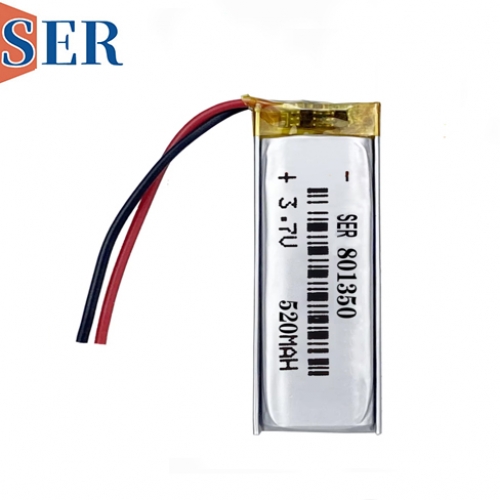Ultra-Thin, Flexible, and Wearable Batteries: The Future of Personal Electronics
Ultra-Thin, Flexible, and Wearable Batteries: The Future of Personal Electronics
Abstract:
With the rapid advancement of technology, the demand for smaller, lighter, and more flexible electronic devices is constantly growing. Ultra-thin, flexible, and wearable batteries are at the forefront of this revolution, enabling a wide range of new applications in personal electronics. This article delves into the technology behind these batteries, their current state of development, and their potential impact on the future of personal electronics.
Introduction:
In the not-so-distant past, the thought of having a computer, a phone, or any other electronic device that could be worn like clothing would have been considered science fiction. However, with the advent of ultra-thin, flexible, and wearable batteries, this vision is becoming a reality. These batteries are revolutionizing the electronics industry by providing the power needed to make wearable technology a viable and practical option.
Technology Behind Ultra-Thin, Flexible, and Wearable Batteries:
The key to the success of ultra-thin battery, flexible and wearable batteries lies in their innovative materials and design. These batteries are typically made using thin film technology, which involves depositing layers of materials onto a substrate in a controlled environment. This allows for precise control over the thickness, composition, and structure of the battery, resulting in a product that is both lightweight and flexible.
One of the most common materials used in the construction of these batteries is lithium-ion. Lithium-ion batteries are known for their high energy density and long-lasting performance, making them ideal for use in wearable electronics. However, traditional lithium-ion batteries are not inherently flexible. To overcome this challenge, researchers have developed new materials and techniques to create lithium-ion batteries that can bend and flex without compromising their performance.
In addition to lithium-ion batteries, other types of batteries such as solid-state batteries and thin-film solar cells are also being explored for use in wearable electronics. Solid-state batteries offer the potential for higher energy densities and faster charging times compared to traditional lithium-ion batteries. Thin-film solar cells, on the other hand, can generate electricity from sunlight, providing a renewable energy source for wearable devices.
Current State of Development:
Currently, the market for ultra-thin, flexible, and wearable batteries is in its early stages but is expected to grow rapidly in the coming years. Many research institutions and companies are actively working on improving the performance and reliability of these batteries while also exploring new applications and uses cases.
In terms of product development, several companies have already introduced wearable batteries that are designed to power specific devices such as smartwatches or fitness trackers. These batteries are typically thin, lightweight, and easy to integrate into the device, providing a seamless user experience.
However, the true potential of ultra-thin, flexible, and wearable batteries lies in their ability to power a wide range of devices and applications that are yet to be developed. For example, imagine a battery that can be seamlessly integrated into clothing, providing constant power to a variety of wearable electronics such as sensors, displays, and communication devices. Such a battery could transform the way we interact with technology, making it more seamless and intuitive.
Potential Impact on the Future of Personal Electronics:
The impact of ultra-thin, flexible, and wearable batteries on the future of personal electronics is expected to be profound. These batteries have the potential to transform the way we interact with technology, making it more convenient, seamless, and personalized.
First and foremost, these batteries will enable the development of a new generation of wearable devices that are thinner, lighter, and more comfortable to wear. This will open up a wide range of new applications in areas such as healthcare, fitness, and entertainment. For example, wearable sensors and monitors can be used to continuously track and monitor various health parameters such as heart rate, blood pressure, and glucose levels. This information can then be used to provide personalized health advice or to alert the user to any potential health issues.
Beyond healthcare, these batteries also have the potential to revolutionize other areas of personal electronics. Imagine a world where your clothes are not just fashion statements but also functional devices that can display information, communicate with other devices, or even power small electronics such as headphones or smartphones. This vision is becoming a reality with the help of ultra-thin, flexible, and wearable batteries.
However, it is important to note that while the potential of these batteries is immense, there are still several challenges that need to be addressed before they can be widely adopted. These include improving their energy density and lifespan, ensuring their safety and reliability, and developing efficient and cost-effective manufacturing processes.





